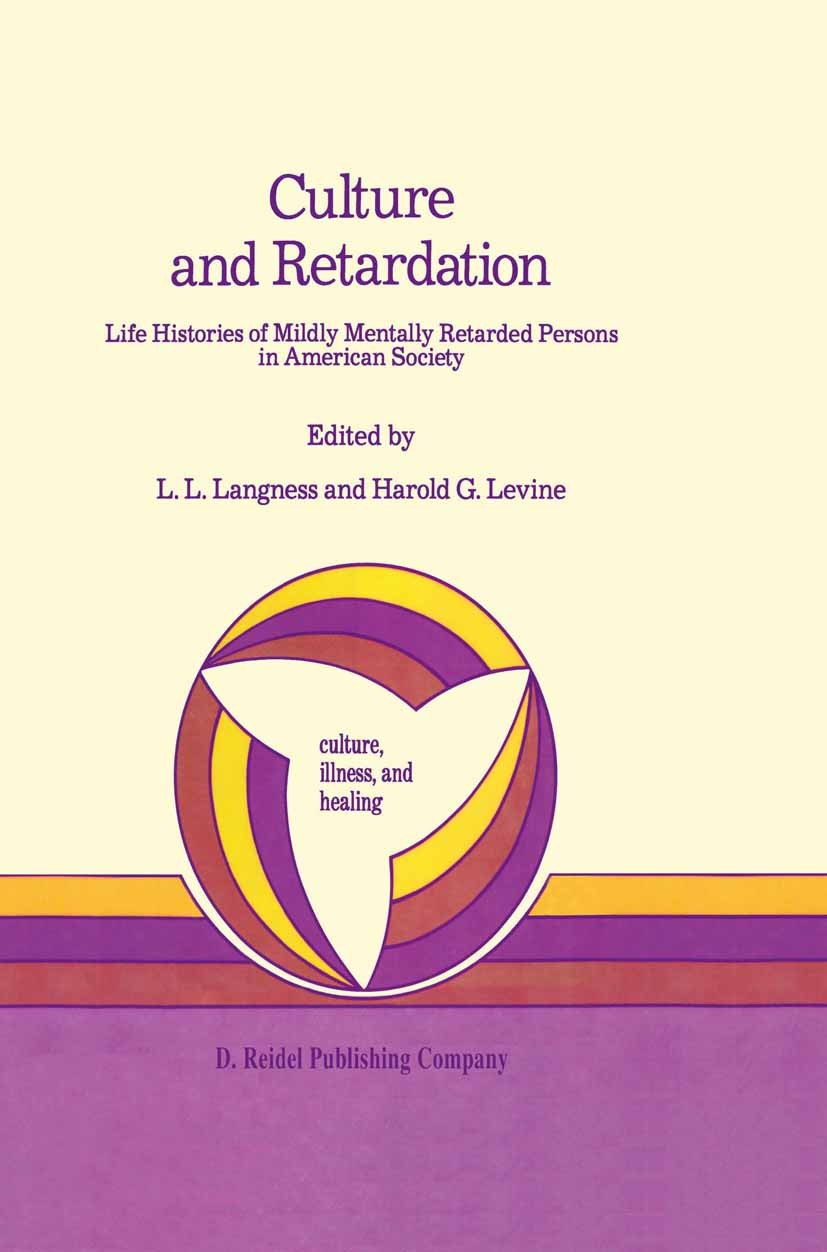| 書目名稱 | Culture and Retardation | | 副標(biāo)題 | Life Histories of Mi | | 編輯 | L. L. Langness,Harold G. Levine | | 視頻video | http://file.papertrans.cn/241/240996/240996.mp4 | | 叢書名稱 | Culture, Illness and Healing | | 圖書封面 |  | | 描述 | Mental retardation in the United States is currently defined as " ... signif- icantly subaverage general intellectual functioning existing concurrently with deficits in adaptive behavior, and manifested during the development period" (Grossman, 1977). Of the estimated six million plus mentally retarded individuals in this country fully 75 to 85% are considered to be "func- tionally" retarded (Edgerton, 1984). That is, they are mildly retarded persons with no evident organic etiology or demonstrable brain pathology. Despite the relatively recent addition of adaptive behavior as a factor in the definition of retardation, 1.0. still remains as the essential diagnostic criterion (Edgerton, 1984: 26). An 1.0. below 70 indicates subaverage functioning. However, even such an "objective" measure as 1.0. is prob- lematic since a variety of data indicate quite clearly that cultural and social factors are at play in decisions about who is to be considered "retarded" (Edgerton, 1968; Kamin, 1974; Langness, 1982). Thus, it has been known for quite some time that there is a close relationship between socio-economic status and the prevalence of mild mental retardation: higher socio-economic group | | 出版日期 | Book 1986 | | 關(guān)鍵詞 | Pet; adaptation; anthropology; behavior; brain; development; etiology; pathology; population; society | | 版次 | 1 | | doi | https://doi.org/10.1007/978-94-009-3711-6 | | isbn_softcover | 978-90-277-2178-5 | | isbn_ebook | 978-94-009-3711-6 | | copyright | D. Reidel Publishing Company 1986 |
The information of publication is updating

|
|
 |Archiver|手機(jī)版|小黑屋|
派博傳思國(guó)際
( 京公網(wǎng)安備110108008328)
GMT+8, 2025-10-7 07:06
|Archiver|手機(jī)版|小黑屋|
派博傳思國(guó)際
( 京公網(wǎng)安備110108008328)
GMT+8, 2025-10-7 07:06


